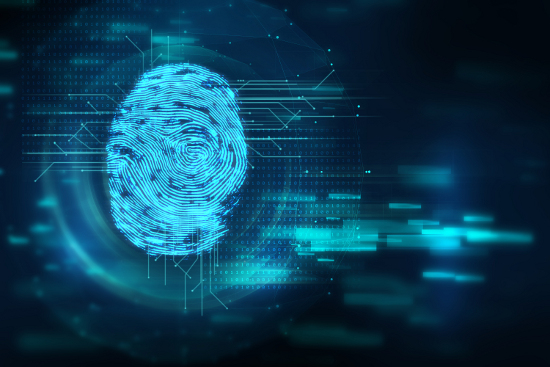In the movie ‘Minority Report’, in one of the most famous scenes, featured character John Anderton (Tom Cruise), walks in a shopping mall and passes through deep iris scanning machines along with other people in the mall. The scanner identifies every person individually to personalize their shopping experience through targeted advertisements. Seems a bit far-fetched and fictional? In recent years, the use of biometric technology has grown and is expected to rise further in the coming years.
In this article, we will look at some biometric applications currently in use and will conclude some practical pointers for businesses wanting to implement biometric technology.
Before doing that we will look at what Biometrics are?
What are Biometrics?
Biometrics are the physical and behavioral traits of an individual and biometric technology utilizes these features, to measure and analyze, the unique physical and behavioral characteristics of a person.
Examples of Biometric Verification includes fingerprint, facial features, eyeball, iris, retina, voice patterns, and DNA, to name some. Some biometrics including fingerprint and retinal vein patterns remains the same throughout life while others like facial features can change with the course of time owing to illness, growth, and other factors.
This uniqueness of biometrics makes them suitable for use as a security measure such as biometric sign-in, biometric authentication, biometric identification, and biometric consent verification. Many businesses are using biometric technology for online ID validation, and face recognition.
How is Biometric Technology Used Today?
Businesses across the globe are using biometric authentication technology and as predicted by experts will continue to do so in the future. There are many ways biometric technology is being used. From improvement in business process, enhancing the customer and employee interactions, experience, trustworthiness, and conveniences. Some examples of biometric security systems include:
Workforce Management
Consider an employee standing in a line waiting for their turn to punch the card into a time-stamping machine. Biometric authentication technology allows the user to just sign-in using their biometric features without worrying about losing the card.
Biometric authentication also makes sure no buddy-punching takes place, which is a common practice with card scanning machines.
Hospitals
Medical Identity thefts, credit card data breaches, and hospital staff mismanaging the patient files are common cases relating to the health sector. Moreover, medical insurance thefts also make major headlines and it is necessary to cope with this issue.
Biometric technology is capable of mitigating these issues easily. Online biometric identification technology can be used to prevent credit card and medical insurance frauds. While digitizing the patient records and accessing them using biometric sign-in could eliminate the risks of file mixups by reducing human errors.
Banking
Banking Industry is dealing with issues like Digital Identity Verification, regulatory compliance, and money laundering. Adopting biometric authentication technology will help the banks reducing these frauds both online and on-site. This technology can also be deployed to improve customer experience and increase efficiency.
Automotive
Biometric authentication can be used in place of keys and other security measures to operate an automobile. Ridesharing industry could benefit a lot with biometric technology. It will reduce the risks of fraud and other risks for both customers and passengers.

